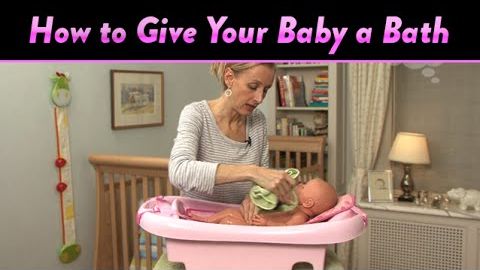
字幕と単語
赤ちゃんにお風呂をあげる方法|CloudMom (How to Give Your Baby a Bath | CloudMom)
00
Pedroli Li が 2021 年 01 月 14 日 に投稿保存
動画の中の単語
head
US /hɛd/
・
UK /hed/
- v.t./i.(ボールを)ヘディングする;先頭にいる : 最初にいる;向かう;〜の頭である;率いる
- n. (c.)一頭 : 一匹;長 : 代表;コインの表;頭;源
- n. (u.)能力;頭脳 : 知能 : 理性
A1 初級TOEIC
もっと見る エネルギーを使用
すべての単語を解除
発音・解説・フィルター機能を解除
